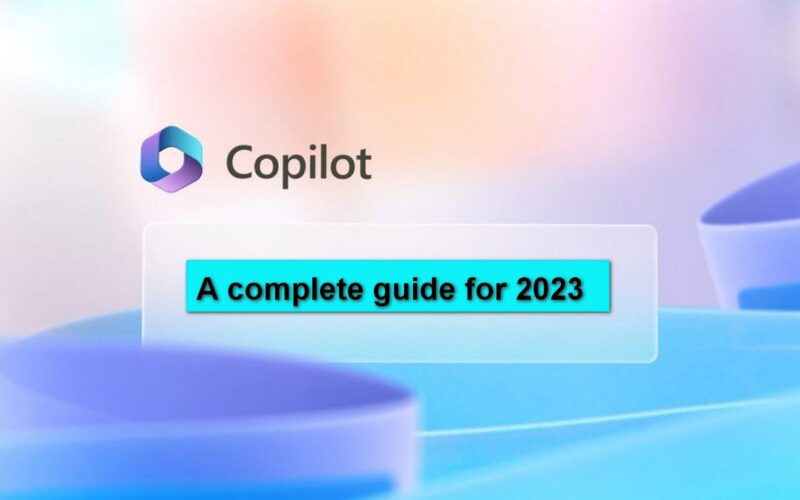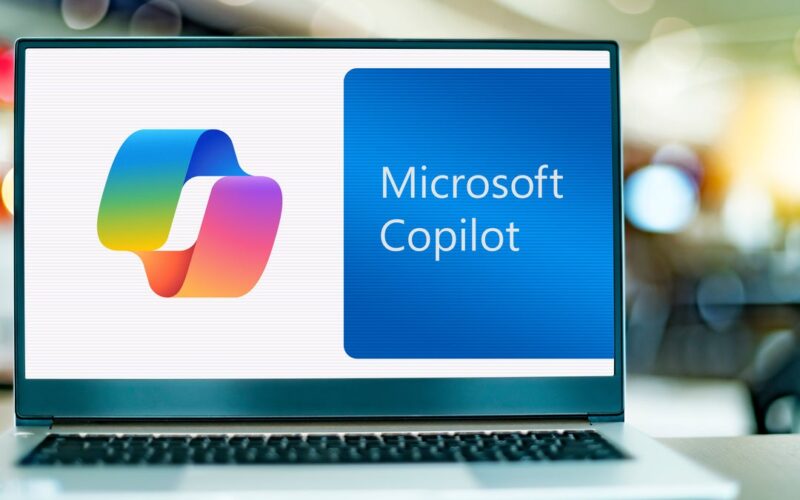23
May
The International Standards Organization’s publication of a standard for the Graph Query Language earlier this month generated relatively little media interest, but executives at graph database makers were turning virtual cartwheels in the halls. The GQL standard is the first to be ratified by the ISO since Structured Query Language in 1986. The 600-page document defines the rules for “creating, accessing, querying, maintaining, and controlling property graphs and the data they comprise.” A property graph is a type of data structure used primarily in graph databases and graph processing frameworks. It consists of nodes and edges that represent relationships that…








